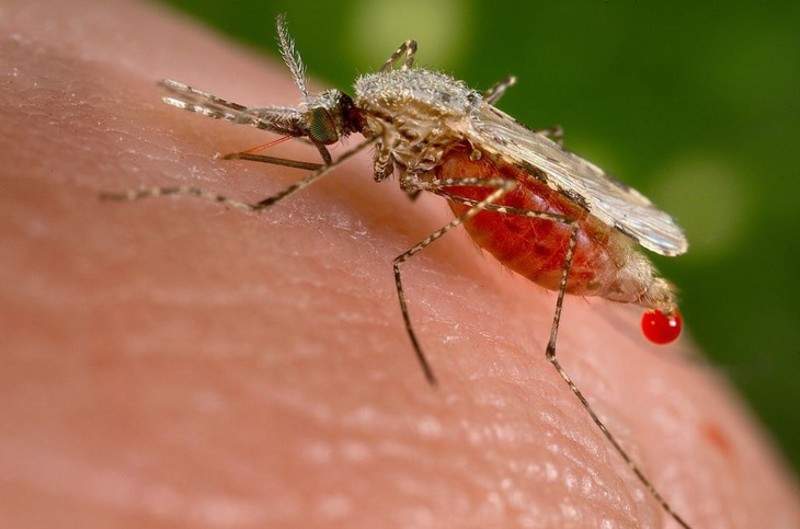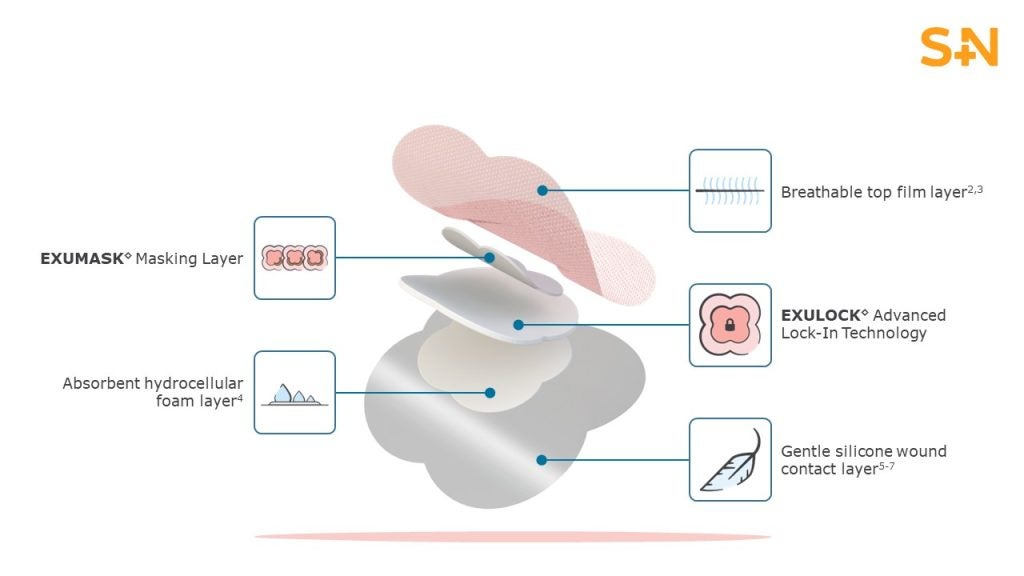
Researchers at Pennsylvania State University (Penn State) in the US have conducted a new study which is attempting to develop an approach to identify people infected with malaria, including asymptomatic patients.
Existing blood tests are said to lack the ability to detect low densities of the plasmodium parasite infection, while DNA tests are not rapid.
Previous research by the team in mouse models showed that malaria infection altered the odours of infected mice, making them more attractive to mosquitoes, especially when the transmissible stage of the parasite was high.
The latest study aimed to investigate these findings in humans in order to determine a new diagnostic method, particularly for individuals who were infected but did not have any symptoms.
Initially, microscopy and an SD Bioline Rapid Diagnostic Test were used to identify infected patients. The researchers also used DNA tests to confirm the results as the initial tests have limited sensitivity.
After identifying both microscopy and DNA positive patients among a total of 333 participants, the study recruited an additional 77 subjects who were found to be positive based on DNA, but did not display any parasites in the microscopic tests.
How well do you really know your competitors?
Access the most comprehensive Company Profiles on the market, powered by GlobalData. Save hours of research. Gain competitive edge.

Thank you!
Your download email will arrive shortly
Not ready to buy yet? Download a free sample
We are confident about the unique quality of our Company Profiles. However, we want you to make the most beneficial decision for your business, so we offer a free sample that you can download by submitting the below form
By GlobalDataIt was observed that the symptomatic and asymptomatic patients were different from each other and from healthy people.
While malaria infection does not generate new volatile chemicals in the body, it alters the levels that exist in the odours of healthy individuals.
The researchers then developed machine learning-based predictive models to reliably detect the infection based on volatile biomarkers.
When tested, the models said to have demonstrated 100% sensitivity in identifying asymptomatic infections, even at low levels that could not be detected with microscopy.
Penn State biology adjunct professor Mark Mescher said: “In the near term, our goal is to refine the current findings to find the most reliable and effective biomarkers we can.
“This is really basic science to identify the biomarkers of malaria. There is still a lot more work to be done to develop a practical diagnostic assay.”






